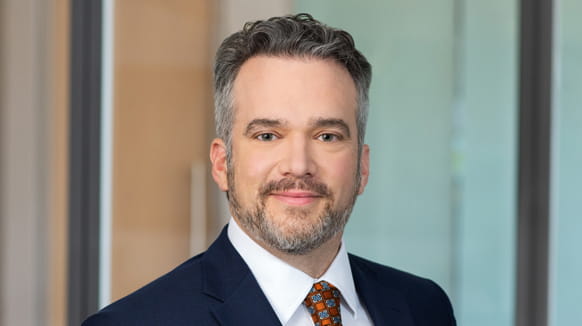Haynes Boone Associates Andrew Van Osselaer, Wes Dutton, and Counsel Michael Scanlon authored an article in Law360 on the plans of the U.S. Environmental Protection Agency to reopen certain Superfund sites despite the presence of hazardous substances and the potential opportunities for the insured with a firm understanding of CERCLA liability.
Read an excerpt below:
Recently, InsideEPA reported on the plans of the U.S. Environmental Protection Agency to reopen certain Superfund sites, citing the presence of per- and poly-fluoroalkyl substances, specifically PFOA and PFOS.
These substances are slated for classification early next year as hazardous substances under Superfund, a program established by the Comprehensive Environmental Response, Compensation, and Liability Act.
While some raised concerns about the reopening of Superfund sites the moment the EPA first announced it would regulate PFAS under CERCLA, this recent acknowledgment has sparked even greater consternation among individuals and entities potentially affected by the new rule.
The reopening of Superfund sites based on newly designated hazardous substances raises two notable concerns from a liability standpoint.
First, new potentially responsible parties, or PRPs, may be identified for these reopened sites — individuals or entities previously unconnected to hazardous substances at the site who, given the wide use of PFAS, may have little experience with CERCLA liability.
Second, previously identified PRPs who believed their liabilities were resolved may find themselves opening their wallets once more to fund additional remediation.
In the realm of insurance coverage, however, the challenges are manifold. CERCLA liability differs significantly from typical third-party claims. The EPA's recent acknowledgment that it may reopen Superfund sites serves as a reminder that failing to grasp the nuances of CERCLA liability when handling coverage for CERCLA claims can lead to a number of unintended consequences.
These consequences extend to allocation and concurrent causation issues, prior coverage determinations, and the impact of settlements. All this, setting aside whether a pollution exclusion — or newly minted PFAS exclusion — applies.
There are, however, also great opportunities for those insureds with a firm understanding of CERCLA liability.
For example, coverage may be available even if contamination caused by PFAS is itself directly excluded from coverage because liability under CERCLA is generally determined by a policyholder's association with a site, which may exist with respect to PFAS but also covered conduct.
In the end, only those capable and willing to parse these issues will be the ones to reap those rewards.
To read the full article in Law360, click here.

